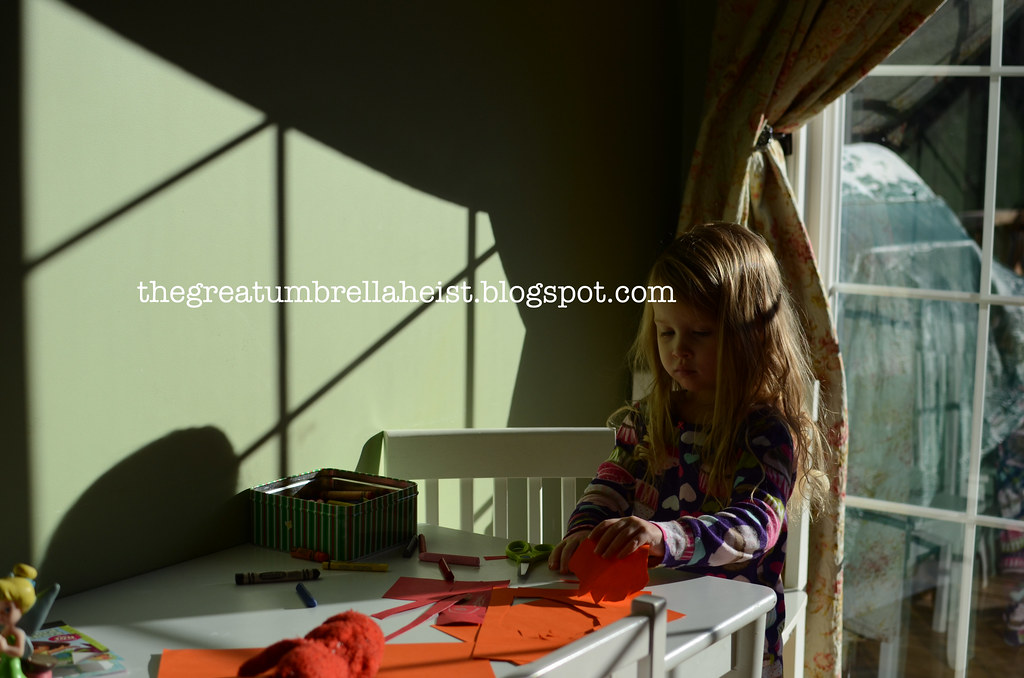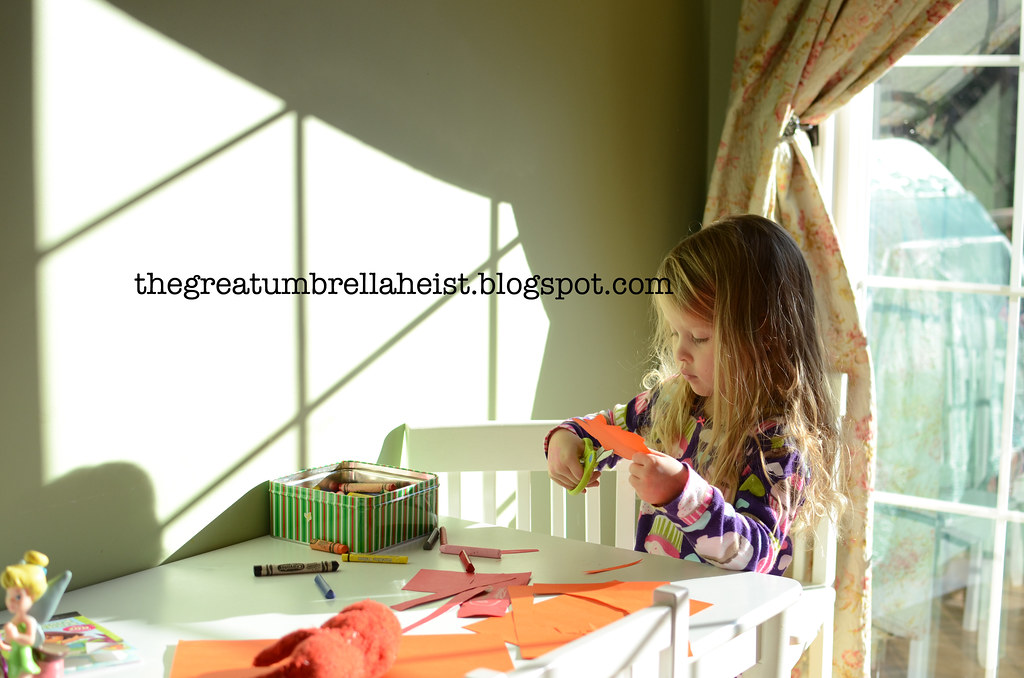I think this will be the final installment of my Shooting in Manual series. But don't worry! I will continue to post tips and tricks as usual.
In this lesson, we will be discussing how the camera meters (or reads lights) and what this means for your photos. I feel like this step is often overlooked by beginners. It was certainly overlooked by me when I first learned to use my camera in manual.
My camera has three metering modes: Matrix, Center-weighted and Spot. Even after I understood the concepts of each metering mode, I had difficulty in finding how to change modes on my D50. Because my D7000 is an "upgraded" camera, it has a button right on top of the camera near my shutter speed and aperture wheels. I can also see what metering mode the camera is set to on my display panel.
(Note: These metering modes are for Nikon cameras. Canons may differ.)
Matrix - The camera meters a wide area of the frame.
Center-weighted - The camera meters the entire frame but assigns the greatest weight to the center area.
Spot - The camera meters a small circle centered on the current focus point. Ensures that the subject will be correctly exposed even when the background is much brighter or darker.
Okay, so I took that wording from my camera's manual. I think that these are fairly self-explanatory but let's talk in layman's terms. I always think of matrix metering as the big picture. It reads the light throughout the frame (what you see when you look through the viewfinder) and not on any specific area. Center-weighted also views the big picture but takes into account the light in the center of your photo. Spot metering reads a very small area based upon your focal point.
Different metering modes can produce very different photos as shown in these examples. Please note that these are unedited. I always select my focal point and in this case, it was on Allie's eye. I set my ISO for 200 and my f stop at 3.2. I then metered for the correct shutter speed. Here are the results:
Matrix
ISO - 200
f stop - 3.2
shutter speed - 1/800
Center-weighted
ISO - 200
f stop - 3.2
shutter speed - 1/2500
Spot
ISO - 200
f stop - 3.2
shutter speed - 1/500
Both Matrix and Spot metering were close in these examples. The shutter speed was the slowest with spot metering allowing Allie's face, the focus of the photo, to be properly exposed.
How do you know which metering mode to use?
As with most things photography, there will be a bit of trial and error on your part in determining which metering mode to use. Here are some general guidelines that I follow:
Landscapes - Matrix
Photos of the girls with my 35mm lens - Spot. I always keep the focus point on someone's eyes.
Portraits with my 85mm lens - Center-weighted. Because I keep the focus point on an eye (the closest to me), spot metering can over expose because it is metering off of a darker area of the photo. This differs from photos with my 35mm lens because with those photos, faces are further away but with a portrait, a face takes up most of the picture.
Clear as mud?




1 comment:
clear,now i just need to practice! Your Allie is just as cute as my Allie!
Post a Comment